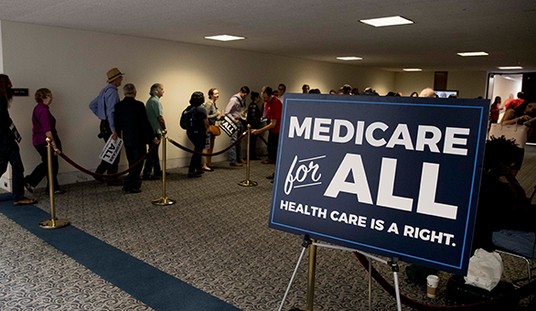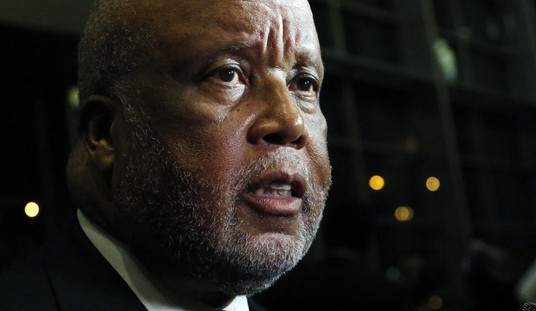This back-to-school season, one group claims they have been studying all summer in preparation. The National Education Association, the nation’s largest teachers union, says in its 2016-18 Strategic Plan and Budget that they have a new long-term strategy: The union wants “to win the race to capture the hearts and minds of parents, communities, and educators” to their various causes.
So far, the union’s methods are puzzling.
Just as students head to the classroom, unions threatened to strike in Chicago, Cleveland, Washington State, Pennsylvania, and Indiana, to name a few. The details of the potential stoppages are remarkable:
- Chicago’s union is hosting strike training sessions, including a class on “workplace tactics to stick it to the boss.”
- The Cleveland strike may involve more than 100 schools and 4,300 personnel.
- The Los Angeles teachers union is committing the next 18 months not to student improvement but to “building our capacity to strike, and our capacity to create a state crisis.”
- In Washington State, teacher strikes are routine as students go back to school, according to research from the Washington Policy Center. Washington State unions have gone on strike in the fall of 2008, ’09, ’11, ’13, and ’15.
In fairness, some of these unions are associated with the American Federation of Teachers (AFT), another national union. Since the AFT champions “economic opportunity” and “high-quality public education,” their strike-related tactics are equally questionable.
The impacts on students and families can be damaging. Last May, when Detroit teachers staged a “sickout,” parents were concerned about whether their high school seniors would have enough credits to graduate due to the lost time. Young parents—those new to parenthood and the workforce—might have supervisors unsympathetic to multiple days of missed work due to school closures. The CEO of Detroit Parents Network said 2015-16 was “one of the most tumultuous school years our kids have experienced" and students “aren't getting what they need.”
Recommended
Unions should look at recent polling on education if they really want to capture the hearts and minds of parents and families. Education Next’s annual survey finds that 65 percent of respondents support charter schools. Yet their chosen presidential candidate, Hillary Clinton, heard boo’s when she suggested at the NEA national convention that parents should be allowed to choose between district and charter schools. Clinton collected herself and criticized “for-profit” charter schools (a fraction of the total—for-profit companies operate less than 13 percent of charter schools nationwide according to the National Alliance for Public Charter Schools). Since then, her campaign has been notably opaque on the issue of parental choice in education.
Education Next’s survey also asked questions about public school funding. When respondents were told how much their state spends on public education in their state, less than half (45 percent) say the state should spend more money. According to the survey, respondents estimate per student funding to be about half of what taxpayers actually send to schools. This means the average voter may not understand that we spend more than $12,000 per student, on average, which is among the highest in the world.
Teacher unions have capitalized on this knowledge gap by supporting lawsuits calling for more public school money in Washington State, Kansas, and Connecticut, to name a few. In May, Arizona voters increased funding for schools via a ballot measure, but unions and other education associations maintain the $3.5 billion increase over ten years is not enough.
Activities such as these—chasing taxpayer money and shutting schools down—should give parents, communities, and educators pause when unions ask for their hearts and minds. The insatiable drive for power and influence makes us wonder what they will come for next.

























Join the conversation as a VIP Member